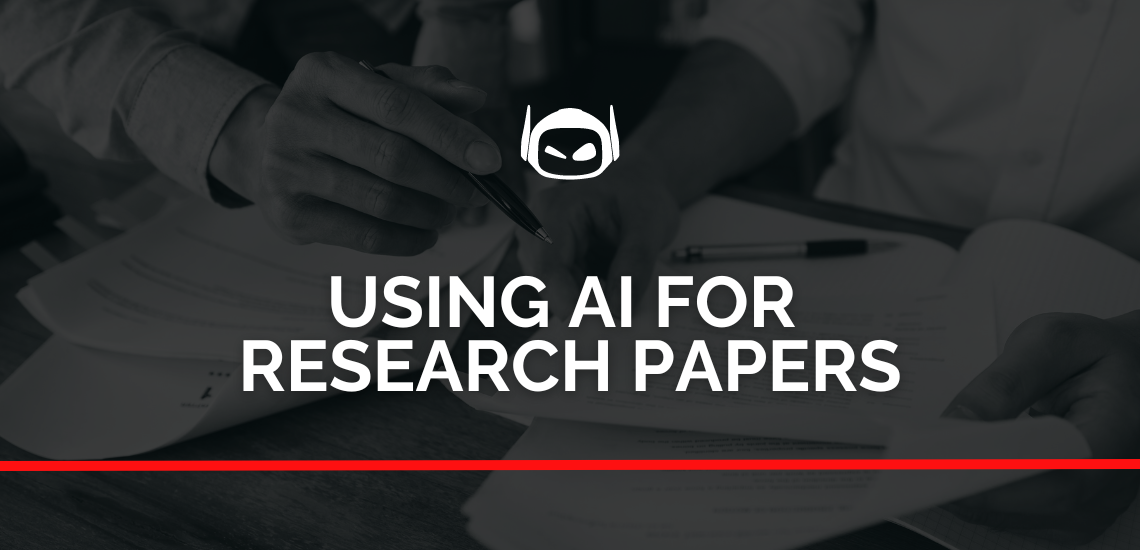
General Guide About Content and Writing
Artificial Intelligence (AI) is changing how we access information online....

General Guide About Content and Writing
Do you want to learn how to humanize AI text...
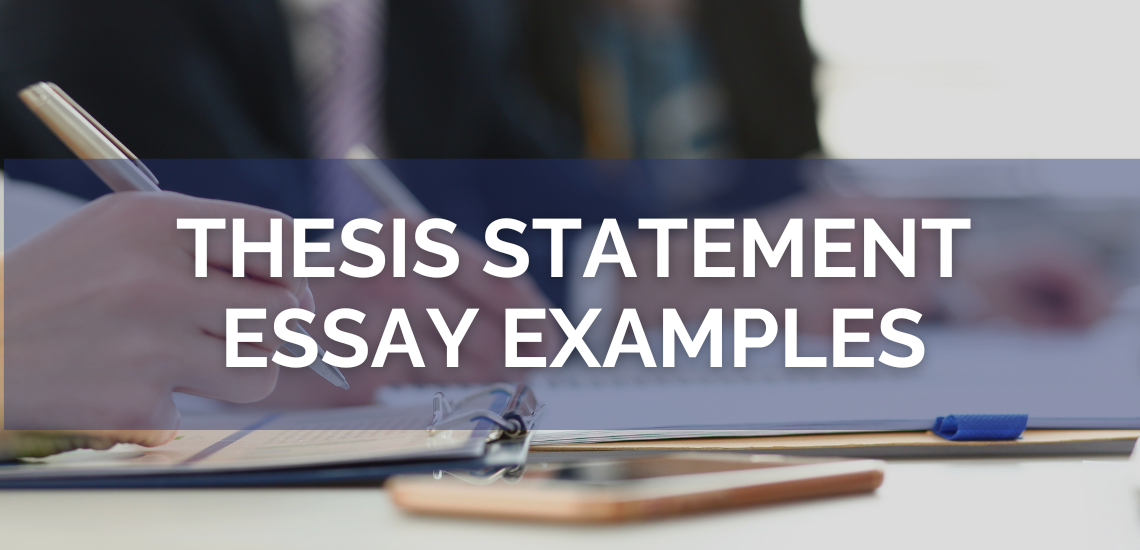
General Guide About Content and Writing, Step-by-Step Instructions for Writing
Writing an essay can seem challenging, but a solid thesis...
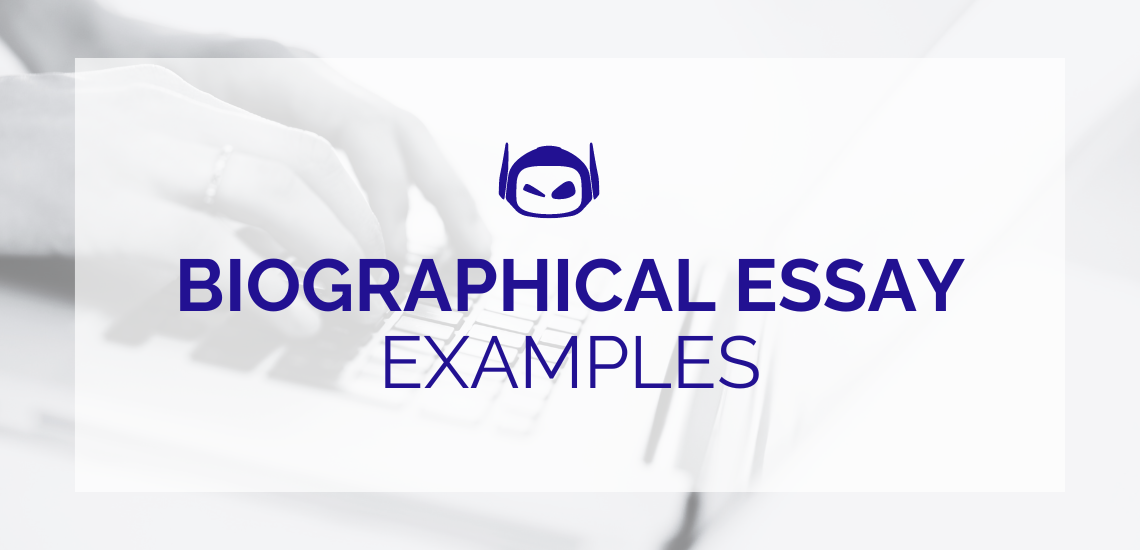
Do you want to write a biographical essay that will...
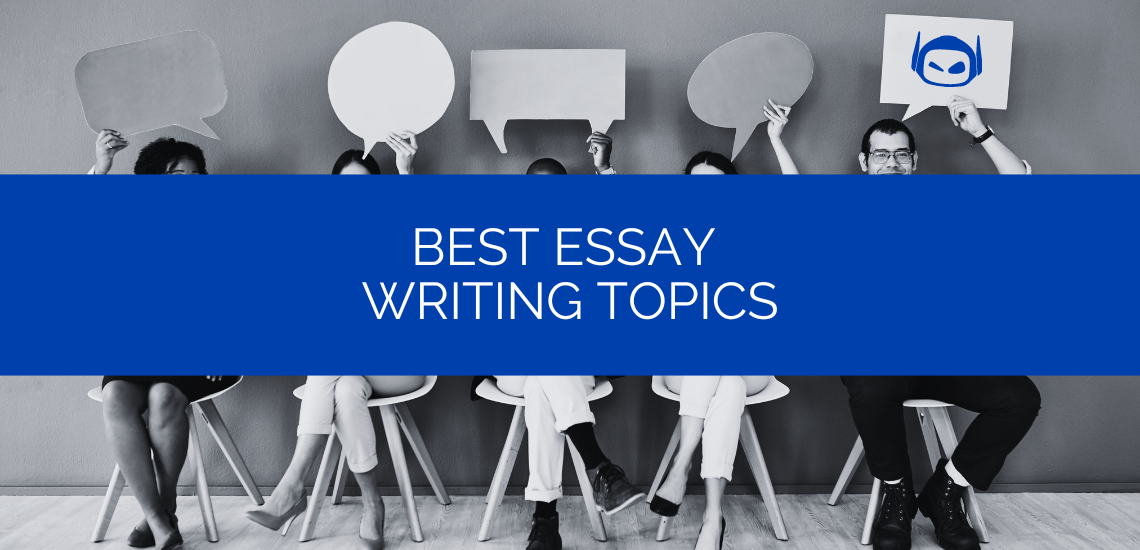
General Guide About Content and Writing
Choosing the right topic for your essay can be crucial,...
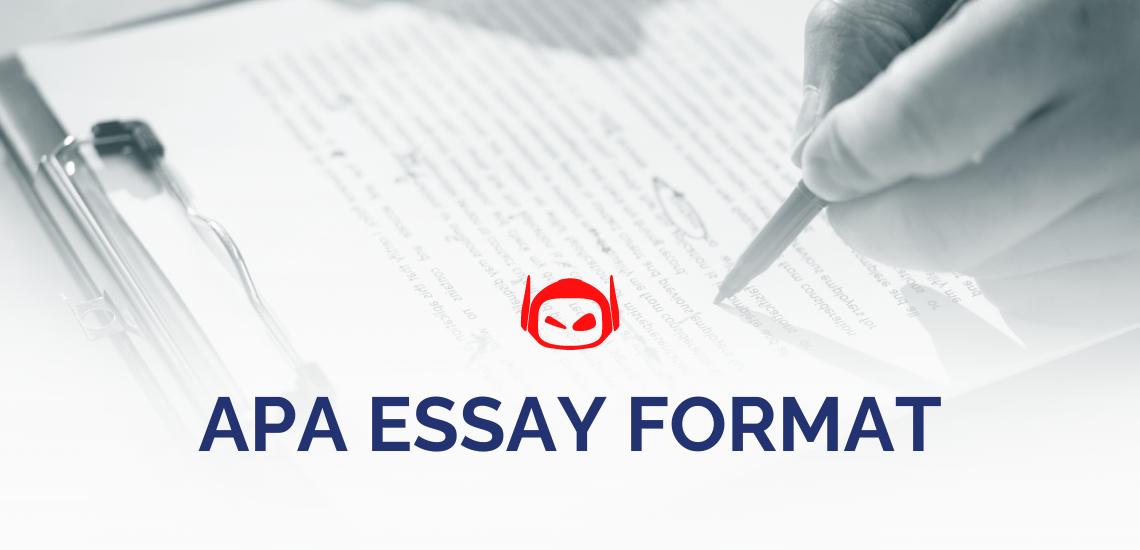
Step-by-Step Instructions for Writing
Do you need to write an APA essay but have...
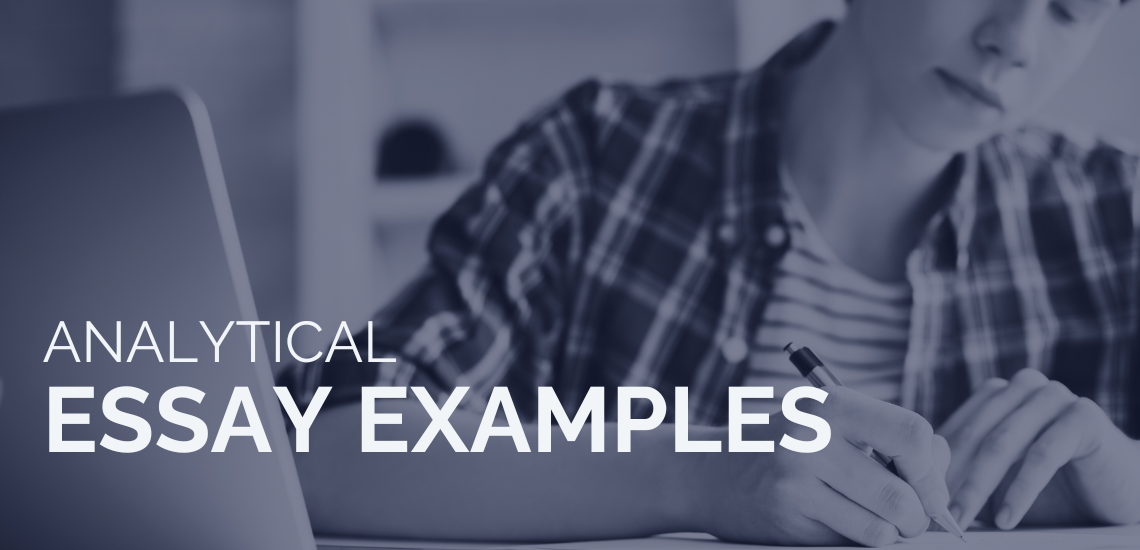
General Guide About Content and Writing
Do you want to write an analytical essay and get...
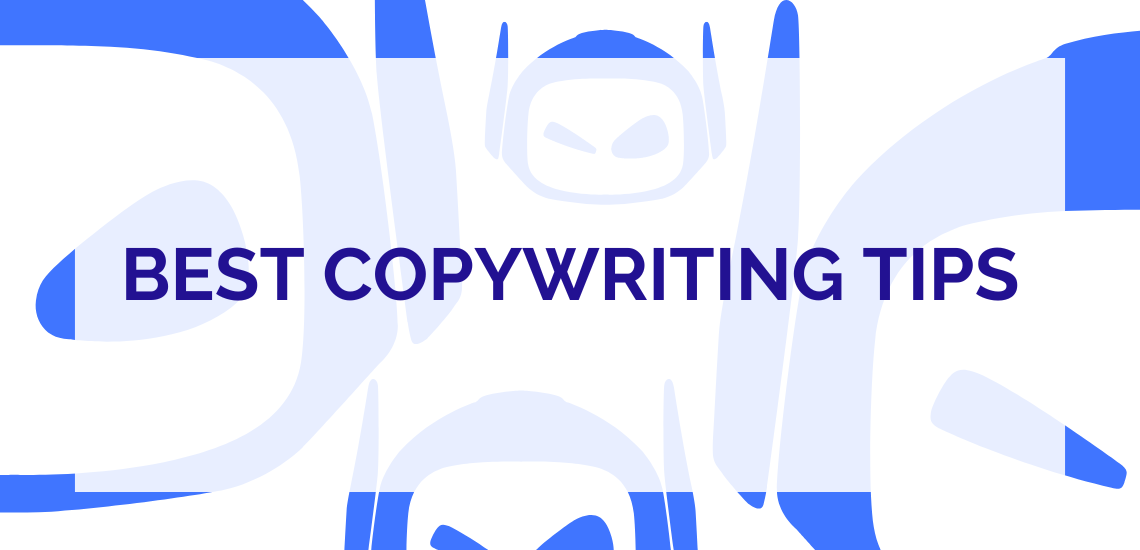
Are you finding it hard to convert audiences with engaging...
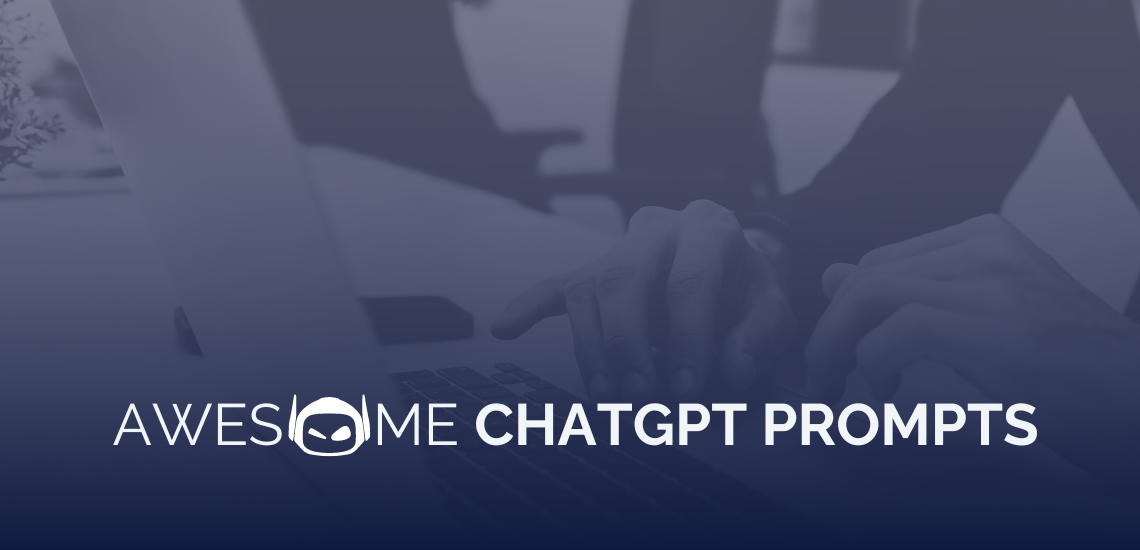
Do you want to get the most out of ChatGPT...
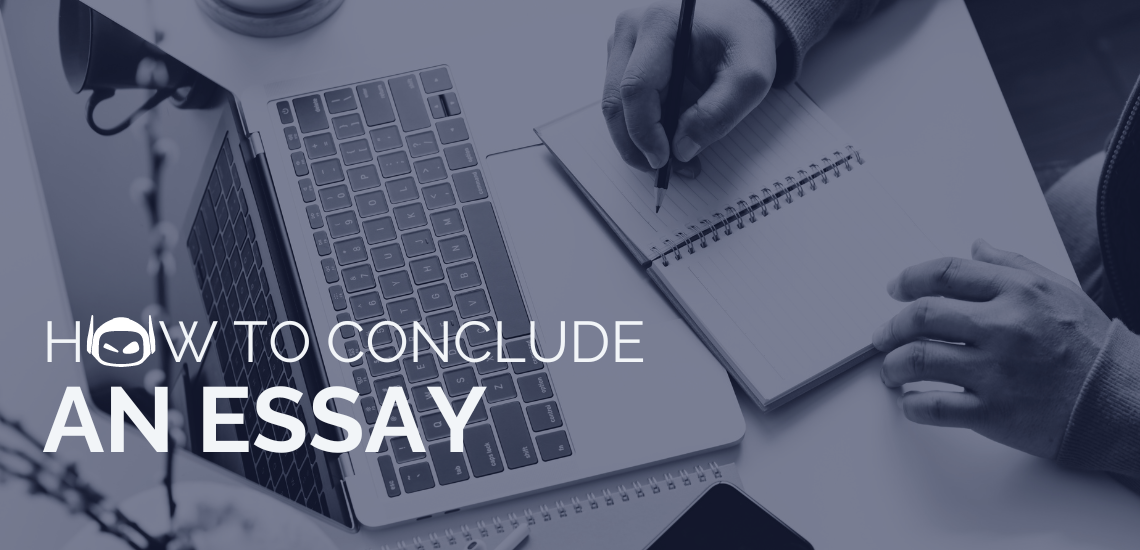
Step-by-Step Instructions for Writing
Every piece of writing, especially essays, benefits from a well-crafted...